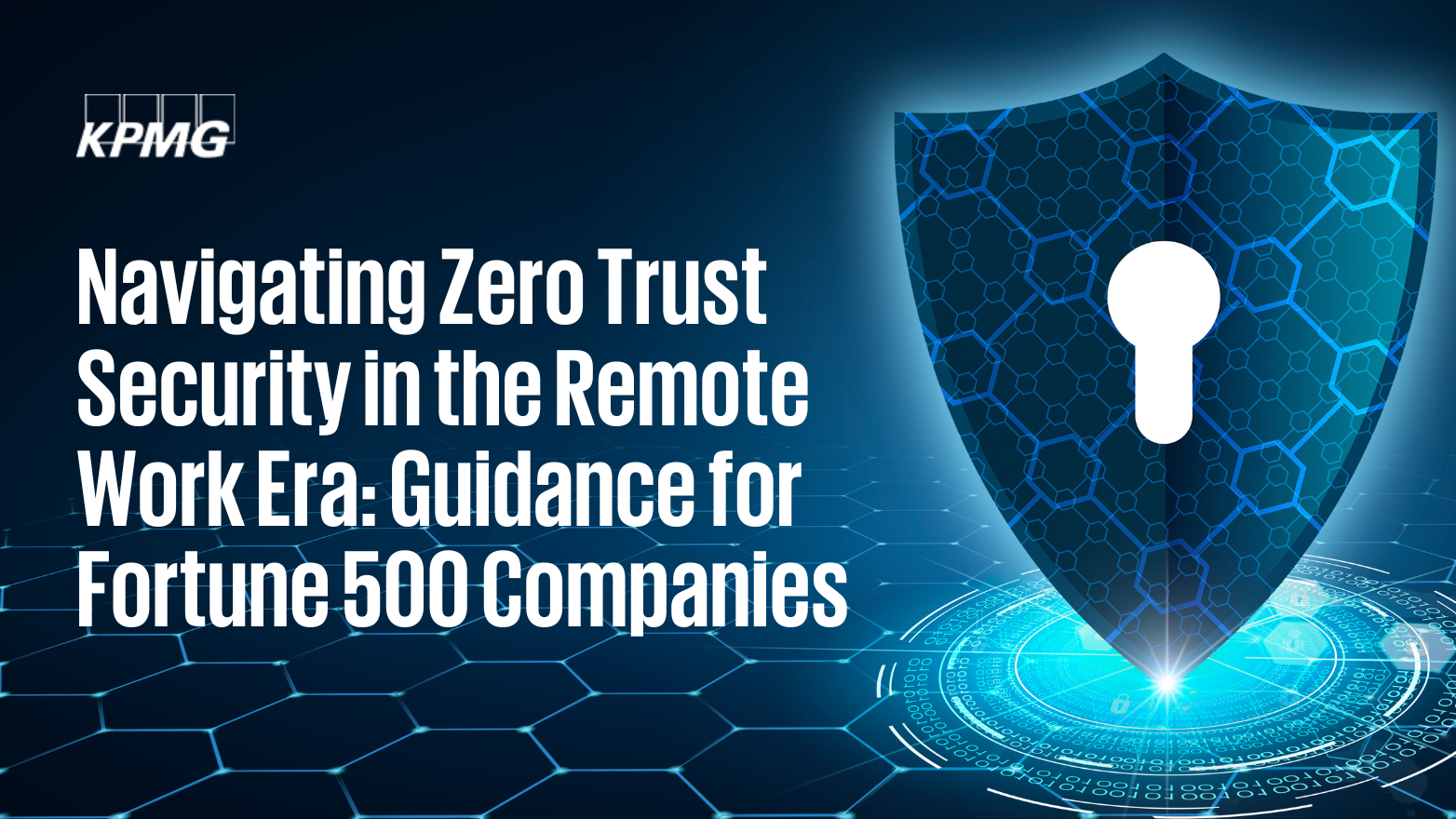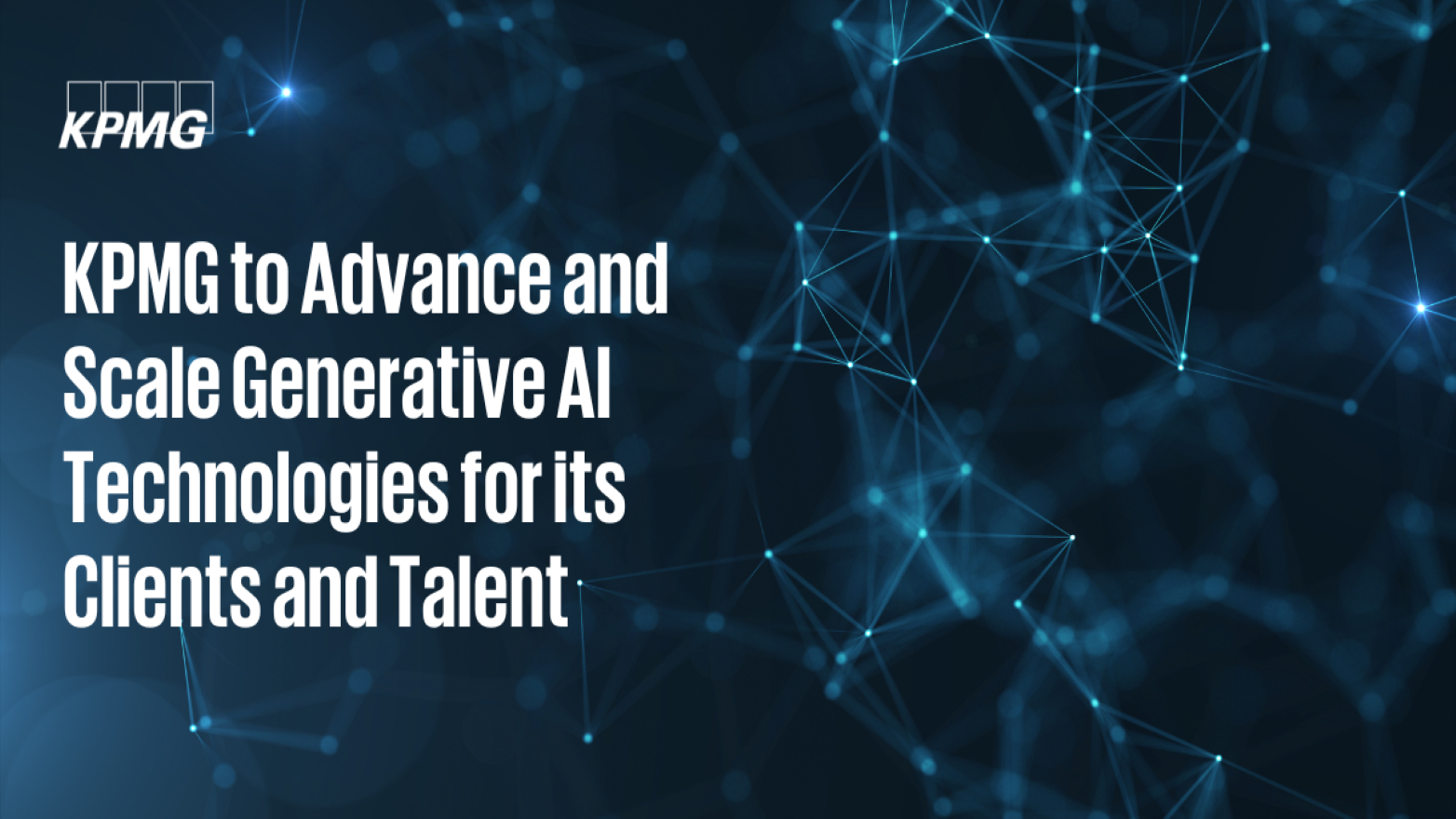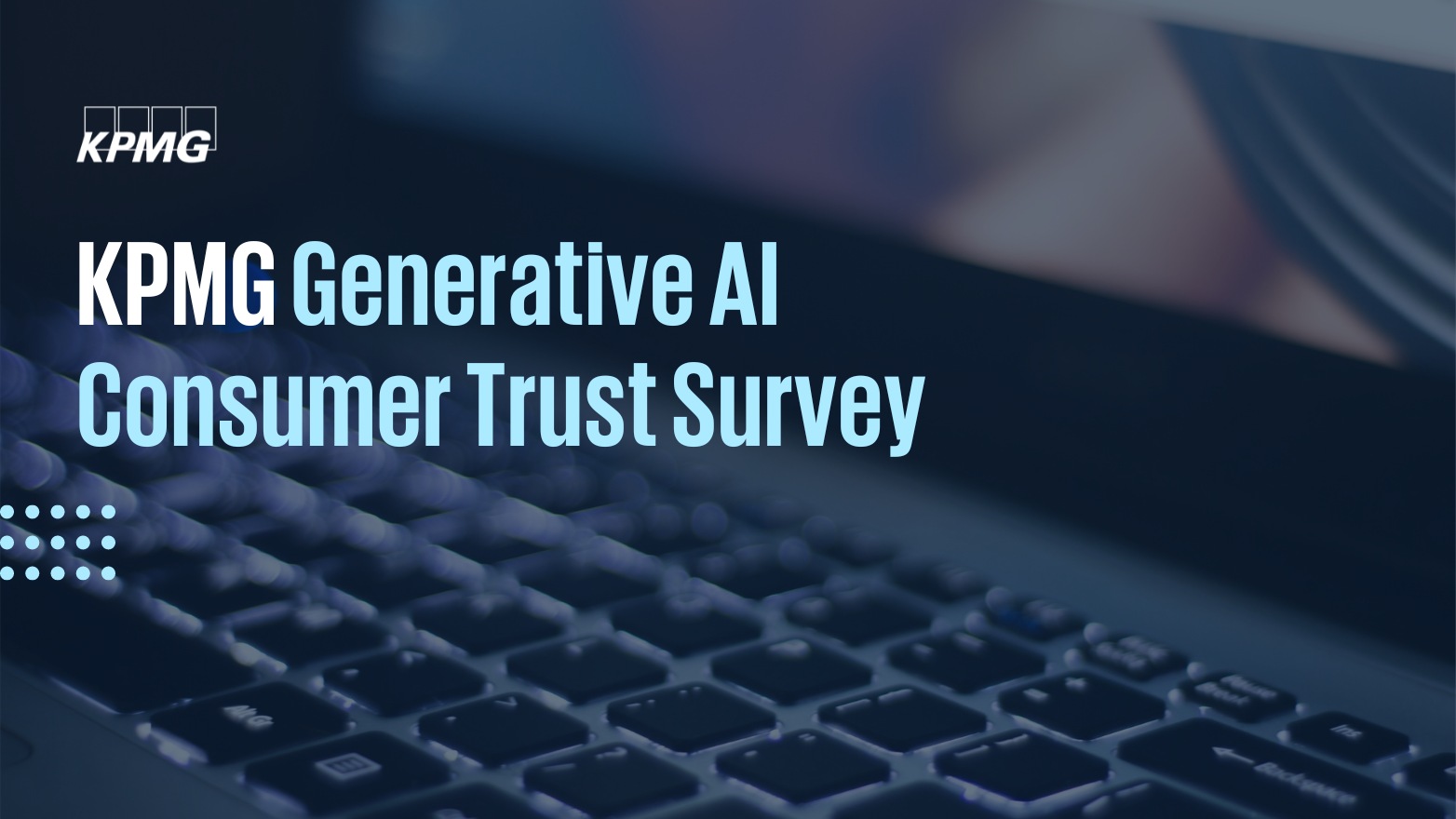Mergers & Acquisitions Trigger Unique Cyber Challenges: What Businesses Should Do to Overcome It
Cybersecurity threats are increasing exponentially each year, impacting functions across the enterprise, and the M&A process is no exception.
By Kyle Kappel, US Leader for Cyber, and Hugh Nguyen, US Practice Leader, M&A Technology Center of Excellence
Cybersecurity threats are increasing exponentially each year, impacting functions across the enterprise, and the M&A process is no exception. The often-overlooked vulnerabilities and threats that arise during these transactions are cause for concern, prompting the need for organizations to prioritize cybersecurity measures to safeguard sensitive data and protect their investments.
The Challenges
When companies merge, it creates significant cybersecurity challenges in two main ways: firstly, challenges arise in integrating disparate security infrastructures, and secondly, an M&A transaction brings together diverse organizational cultures which presents its own challenges from a cyber perspective. Yet the limited involvement of IT and cybersecurity within M&A teams can lead to cybersecurity considerations taking a back seat early in the process, potentially resulting in unforeseen vulnerabilities and risks.
Let’s take a look at each of these two substantial challenges.
When two companies merge or one acquires another, they often have different systems, protocols, and technologies in place to protect their data and networks. Integrating these diverse security infrastructures can be a complex task, as it requires aligning and harmonizing different approaches to cybersecurity. Failure to properly integrate these systems can create gaps in security, leaving the newly formed entity vulnerable to cyber threats.
Separately, organizations face the difficulty of integrating diverse organizational cultures. Each company involved in the merger or acquisition may have its own unique approach to cybersecurity, including different policies, practices, and levels of awareness. Bringing these cultures together can create friction and inconsistencies in cybersecurity practices. It is crucial to establish a unified cybersecurity culture that aligns with the overall security objectives of the newly formed entity. Failure to do so can result in confusion, gaps in security awareness, and potential vulnerabilities that can be exploited by cybercriminals.
Advice to Businesses
So, what should businesses do to overcome the cyber risks inherent in the M&A process?
KPMG has four key recommendations:
1
2
3
4
The Bottom Line
In today's rapidly evolving cybersecurity landscape, businesses involved in M&A must prioritize cybersecurity measures to overcome the challenges that arise during these transactions. By conducting thorough cybersecurity due diligence, engaging early in the transaction, and quantifying cyber liability, organizations can safeguard sensitive data and protect their investments, ultimately ensuring a more secure transition.
Explore more

Navigating Zero Trust Security in the Remote Work Era: Guidance for Fortune 500 Companies
Zero Trust operates on the assumption that no user or device is inherently trustworthy, necessitating verification for every attempt to access a network or application.

KPMG to Advance and Scale Generative AI Technologies for its Clients and Talent
KPMG announces a new initiative to deploy a series of generative artificial intelligence (AI) investments and alliances to empower its workforce, further advance cutting-edge client solutions and reimagine how the 125-year-old firm operates.

2024 KPMG Generative AI Consumer Trust Survey
Consumers are optimistic about the benefits of GenAI as technology becomes more pervasive, according to the KPMG survey of 1,000 college-educated and informed U.S. consumers.
